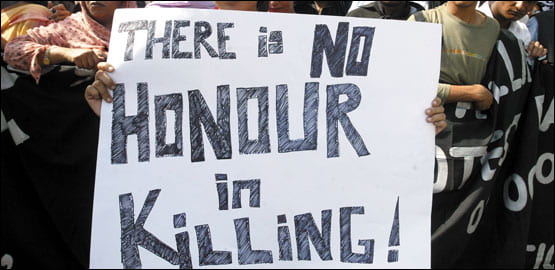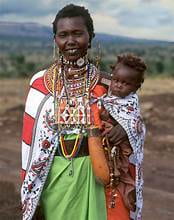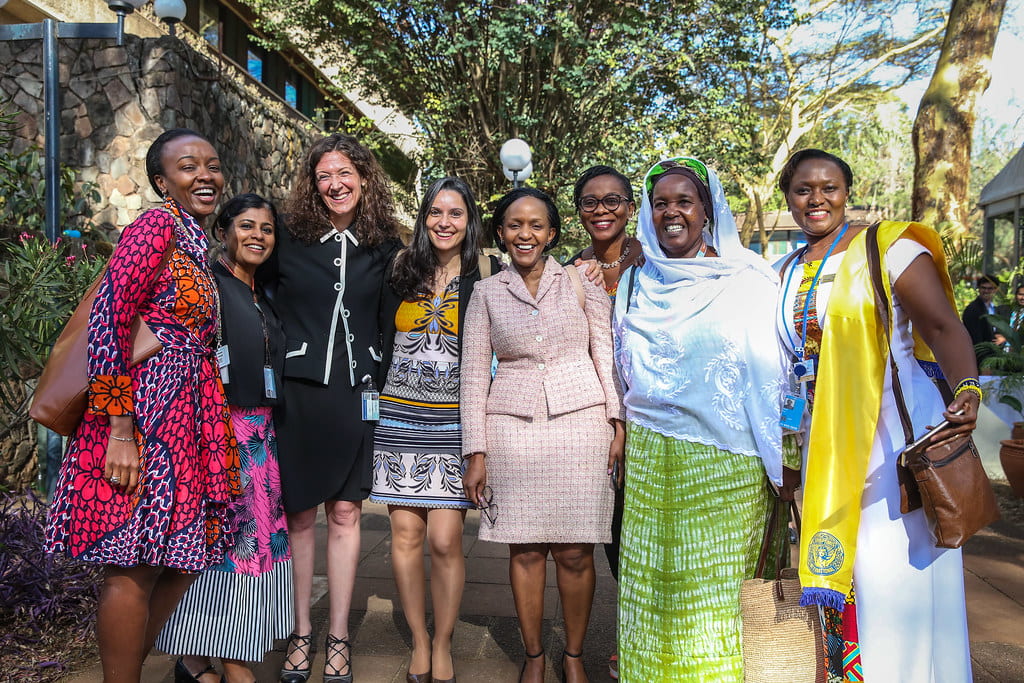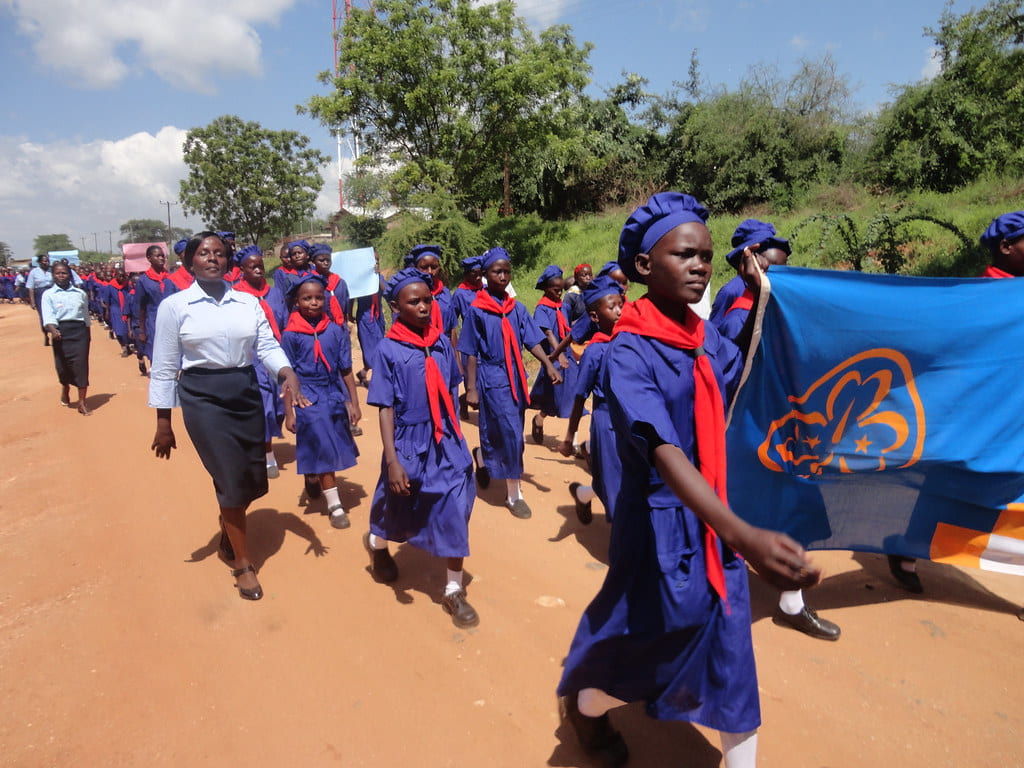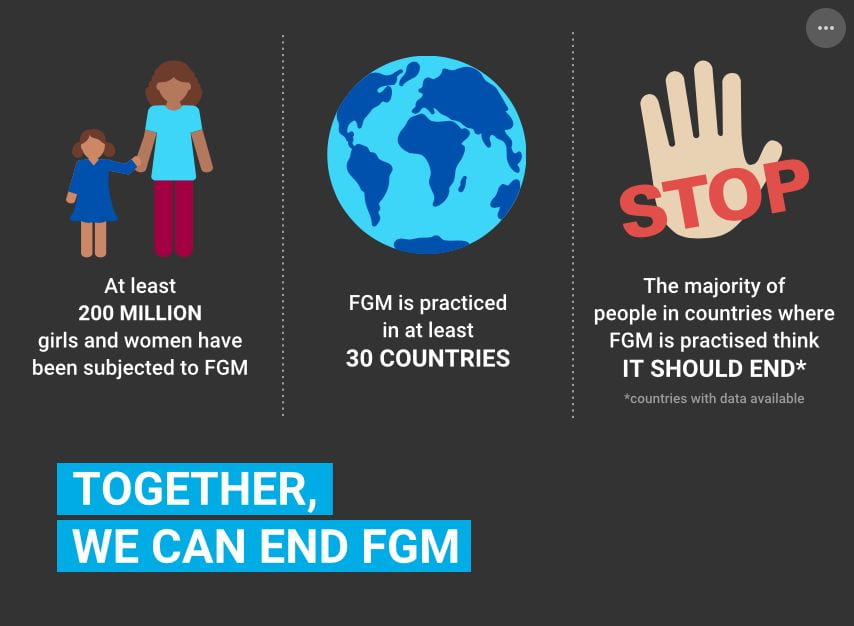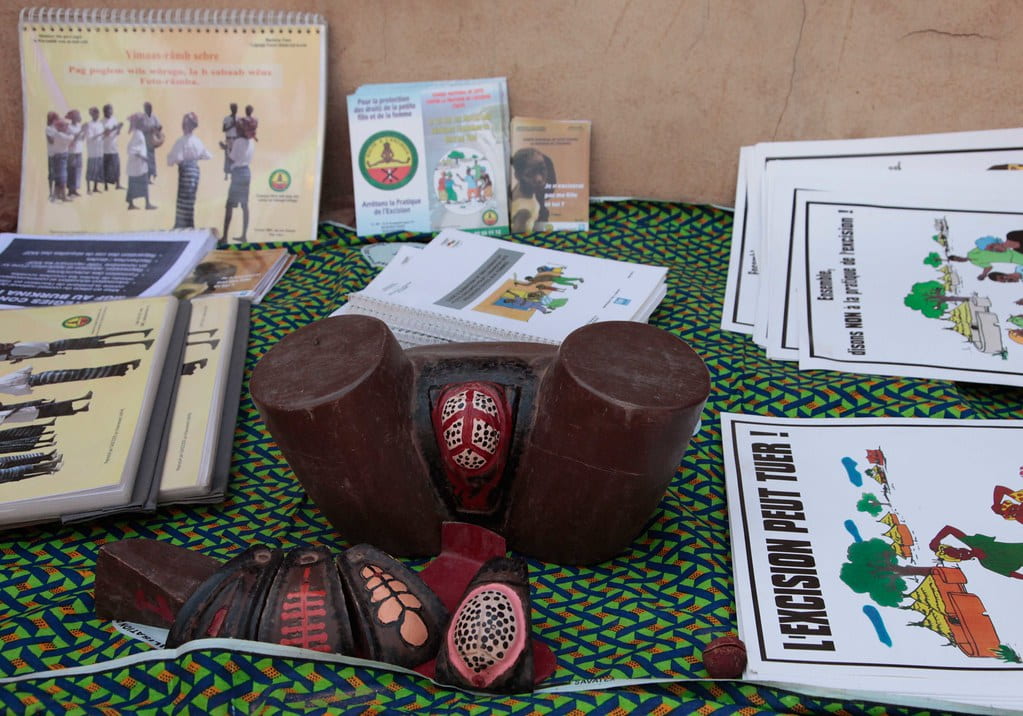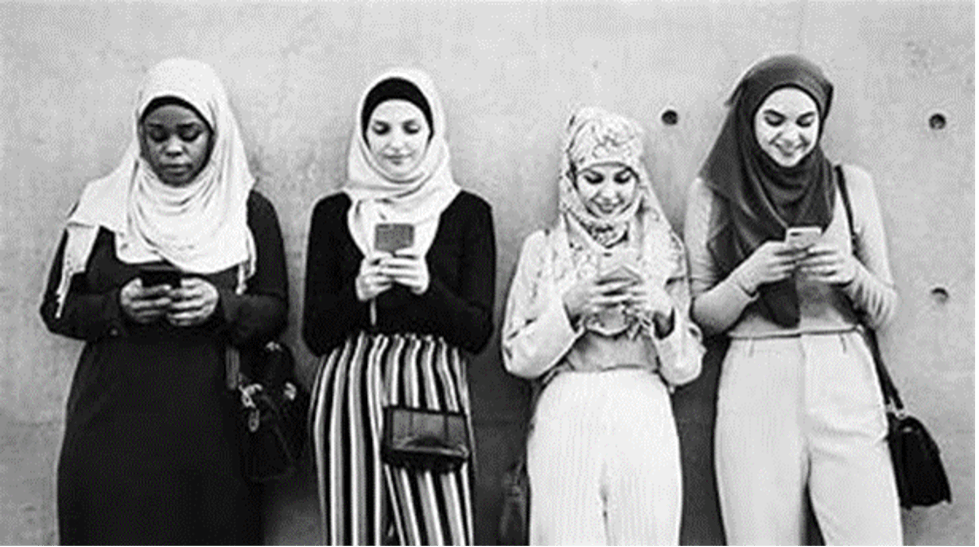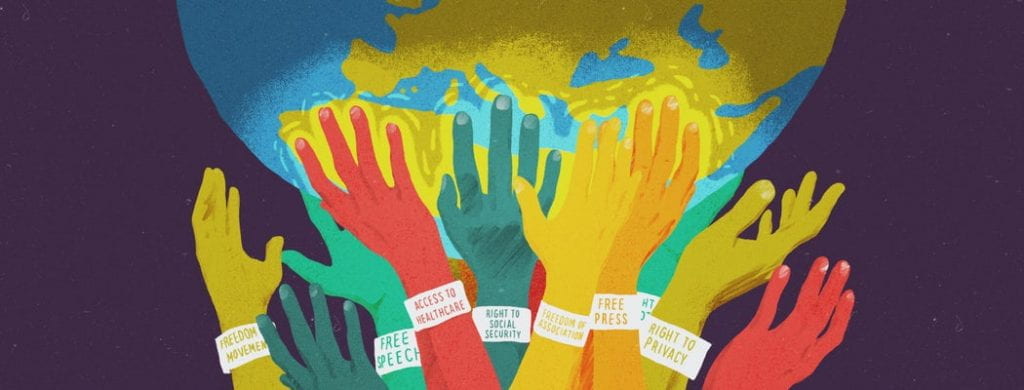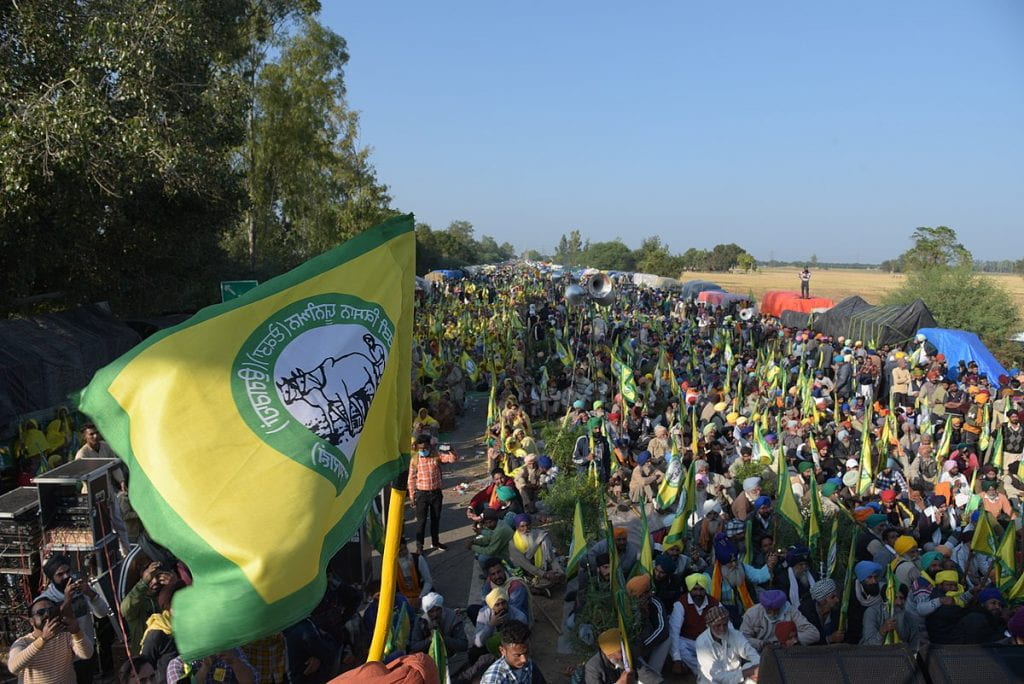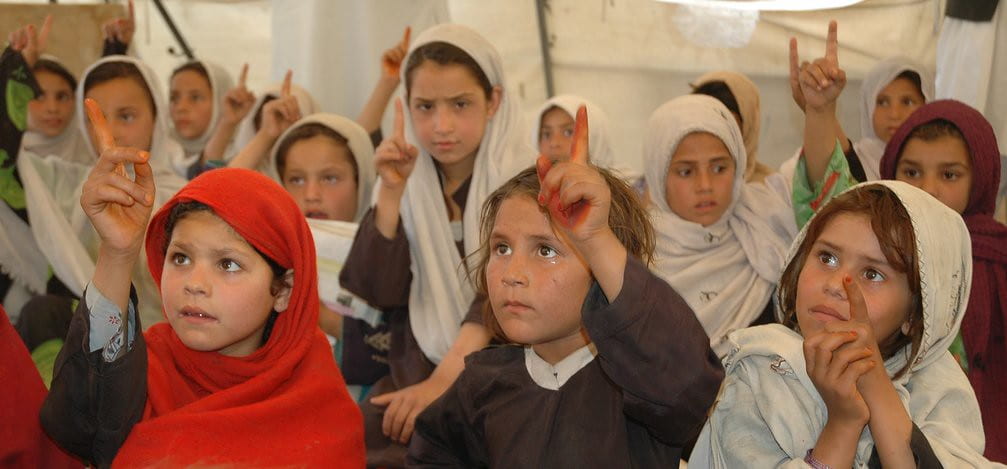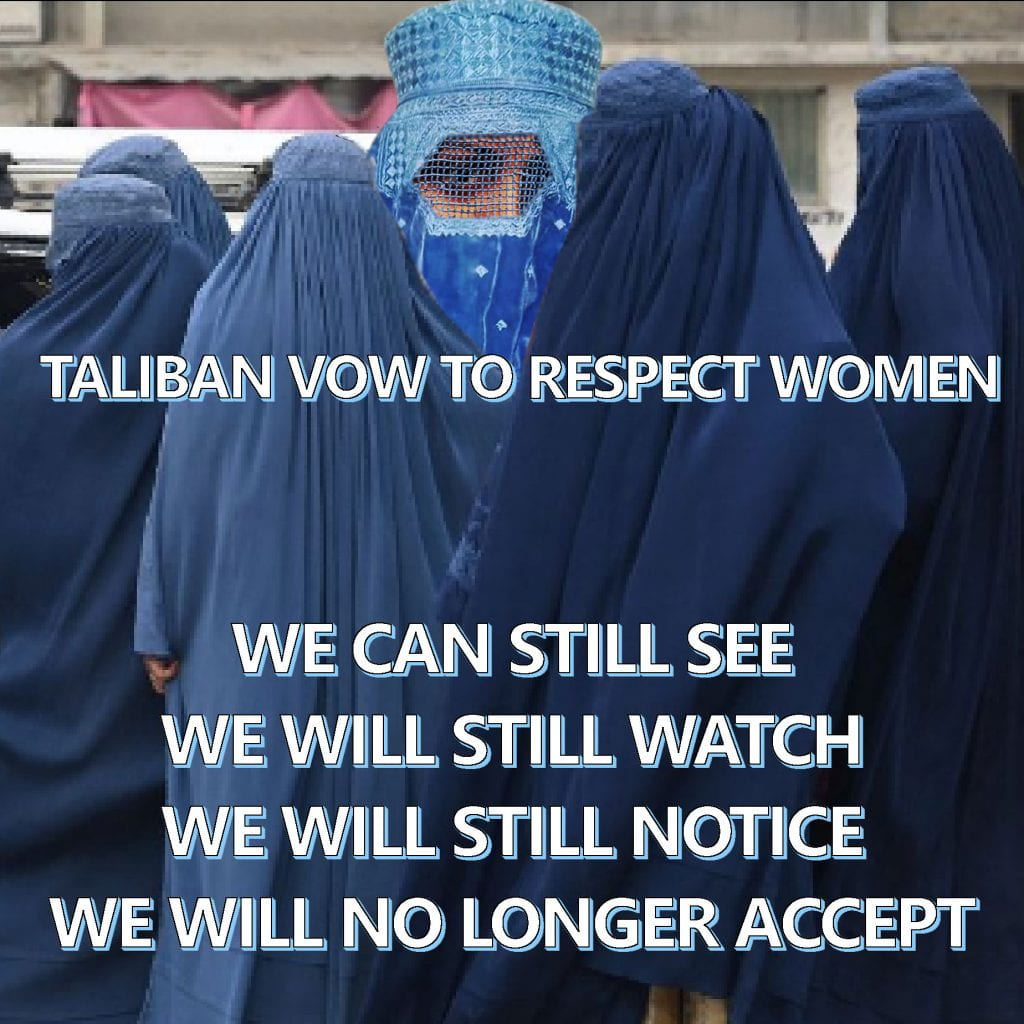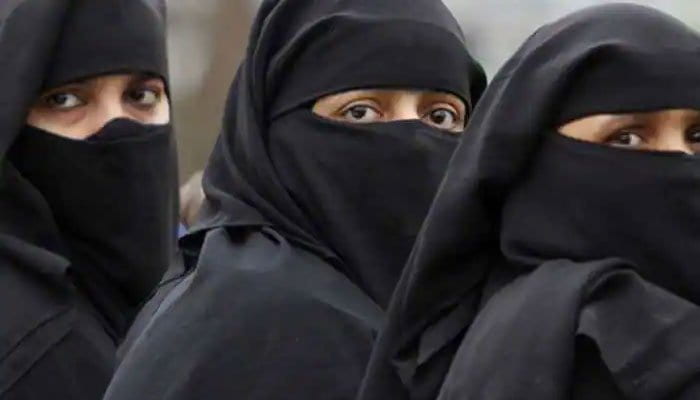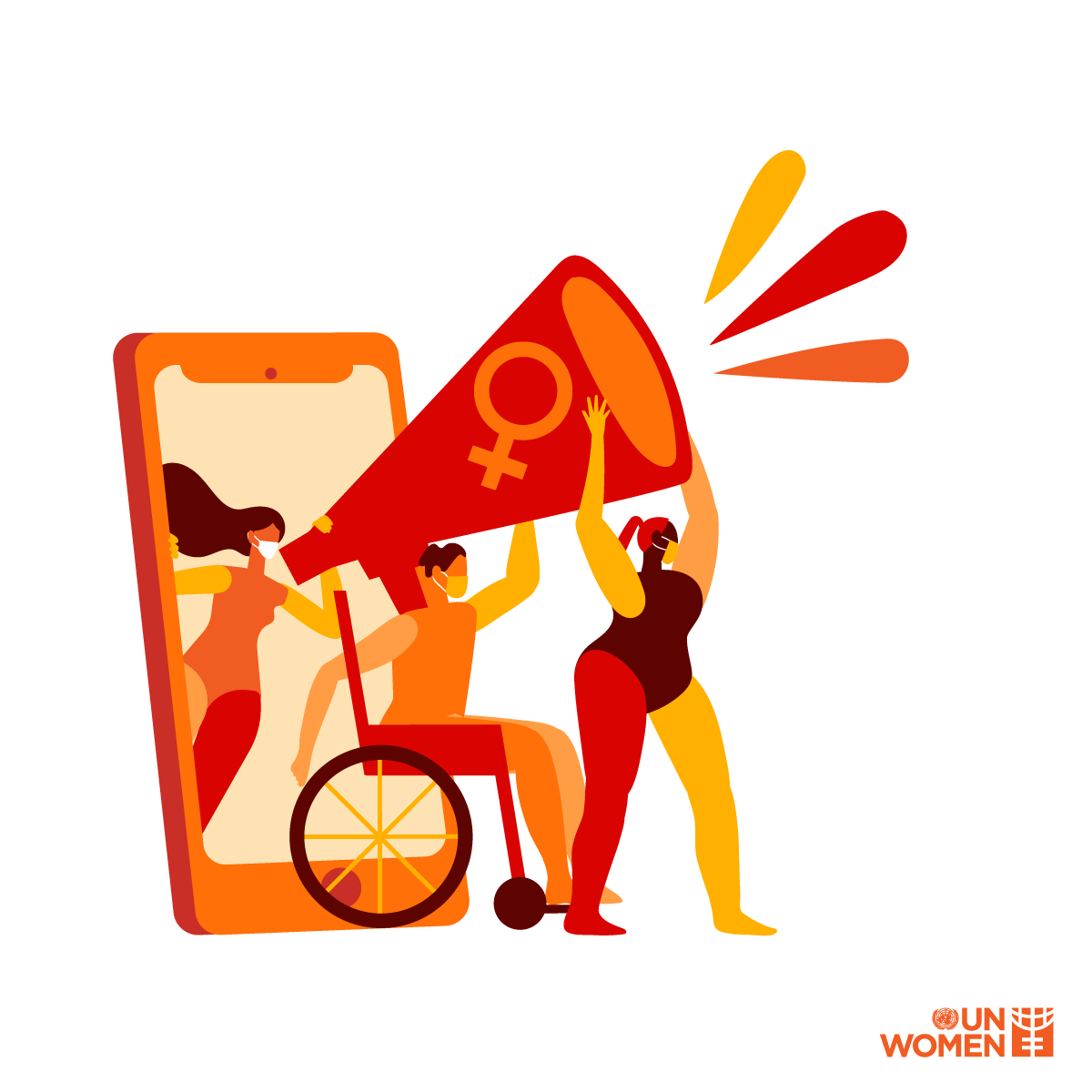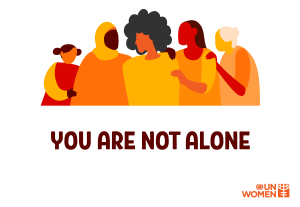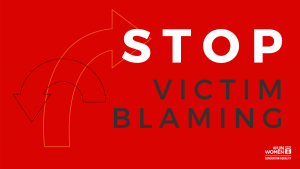
Children are the most vulnerable population in the world. Their safety is relevant to the safety and success of the community. Protecting our children’s future and providing a safe and stable environment to grow up in is detrimental to everyone’s future. Typically, when we think about child marriages, we think about different countries, but the United States of America is no exception. If you would like to read about a different country and its struggles with battling child marriages, as well as the effects that child marriage has on the constituents, I will redirect you towards a fellow intern at UAB’s Institute for Human Rights, Catherine Rhodes.
Her blog evaluates the situation of child marriages in Niger and gives an in-depth explanation of the effects child marriages have. If that interests you, check out Child Marriage in Niger: A Deep-Rooted Crisis and the Path Forward. For this article, I will evaluate the state of America’s laws regarding child marriage.
What They Lose:

International human rights activists are advocating for the minimum legal age to enter into a marriage to be set at 18 years old. This age requirement is to protect both girls and boys from entering into marriages as minors. Around the world, each year, 14 million girls are married. The countries most devastated by child marriages include Niger, Chad, Mali, Nepal, and Bangladesh, to name a few. America is not on that list. However, there are loopholes in some laws that allow for minors to be married in a majority of American states.
So long as American law allows it, children will always face the possibility of entering into a marriage as minors. It is true that America does not struggle with the same amount of child marriages as other countries. However, comparing America to another country in terms of the rate and amount of child brides does nothing to combat the fact that there are still legal ways for a minor to get married in the U.S. One child is a child too many. Laws that legalize marriage of minors are a human rights violation. When there are laws that allow for this abuse to take place, a child can never truly be safe.
Education during a person’s early stages in life is detrimental to their development. It is an opportunity to develop social and mental abilities that will help the success of their future. By entering into marriage at a young age, this development can be stifled. Education has the ability to give people the confidence and empowerment to create their own opinions and thoughts about the world. There is strength in knowledge, and once it is learned, no one can take it away from you. To stunt the growth of children is an atrocity in its own right.
Education is a key way for people, specifically young women, to delay marriage. Article 26 of the Universal Declaration of Human Rights states that education is a human right. Statistically, a girl is 6% less likely to get married every year she remains in school. In an increasingly more connected and advanced world, education is power. The majority of women who are married young drop out of school. They are expected to take care of their family, children, and home, which in turn leaves little time for personal education.
While it is not impossible for someone who is both young and married to continue their education, it is significantly more likely that their education will end soon after marriage. Child marriages will often lead to young pregnancy, which will have a lasting physical and emotional effect on a young girl. After dropping out of school, being married, and potentially starting a family, the chances of that girl returning to school are low.
Child Marriages in the U.S.:

As of 2024, 13 states in the U.S. have banned child marriages. Each state that has put restrictions on the legal age of marriage has had to fight tirelessly to get them passed. Minors cannot file for divorce without the assistance of an adult, which has left legal restraints on young people and trapped them within their marriages.
The U.S. Department of State has been pushing for gender equality and stands behind the fact that the marriage of a person under the age of 18 is a human rights abuse. Nevertheless, laws supporting child marriages seem to be set in an uncrushable stone in most states. Even New Hampshire, which recently raised the minimum age of marriage to 18 years old, had to fight for 7 years to demolish the loopholes that allowed for child marriages in the state.
Out of the 50 States of America, only 22 states require proof of age for all marriage applicants. There are lax laws of proof of residency in some states, meaning that someone in a state that implements strict marriage laws could simply travel to a different state. Alabama has the 9th highest number of child marriages since 2000. From the years of 2000 to 2018, 9,166 children were allowed to marry. Around 7% of those cases would have counted as a sexual crime. In 2019, Alabama got rid of the requirement that marriage licenses have to be issued by a probate judge. There is no requirement that persons getting married must show proof of age. The legal age of marriage with the consent of a parent in Alabama ranges from 15 to 16 years old.
Some of the states with the worst child marriage restriction laws are California and Mississippi. From 2000 to 2018, 23,588 children were married in California. Close to 9,000 of those children were under 16 years old, 1,253 children were under the age of 14, 78 children were 13, and 5 children were 10 years old. State Senator Jerry Hill introduced a bill in 2018 that would abolish marriage for any minors, which went into effect in 2019. However, a minor is still allowed to get married with the consent of only one parent and a judge, and California does not require proof of age. A new bill was proposed to prohibit the marriage of minors with no exceptions in 2023, but it had to be altered to allow for underage marriage with a court order and the consent of a parent. The bill ultimately failed in the committee.
In Mississippi, from 2000 to 2018, 5,360 minors were married. Under Mississippi state law, statutory rape is not applicable in a marriage, no matter the age of the persons involved in the marriage. So long as there is parental consent, a minor can get married in Mississippi; there is no minimum age for marriage. Essentially, any male or female, no matter their age, can get married with the consent of their parents and the approval of a judge. An attempt to amend the marriage law was made in 2021 but ultimately failed, and the bill died in the legislature.
Conclusion:
All around the world, there are children lost to the shackles of marriage. They are the most vulnerable members of society and the most worthy of our protection. According to Child USA: The Think Tank For Child Protection, setting the minimum age of marriage to 18 years old, eliminating the requirement of judicial and parental consent, as well as requiring proof of residency and age can further protect children from being married as a minor. For more resources, Child USA gives reports on the state of children’s rights within the U.S. Another website to look at is Girls Not Brides, which is an organization that is dedicated to ending child marriage globally.












